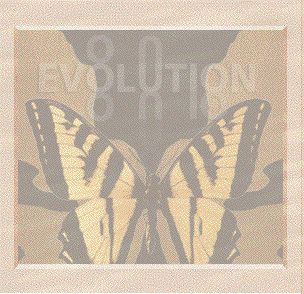Coevolution - What happens if a species falls behind in an arms race?

• Stationary
The competing species evolve to a set of optimal states and then stay there; the lag load reduces to zero, no species changes, and no species goes extinct. In practice, it would mean that biological coevolution would always take the species to a stable equilibrium, from which it could be perturbed by physical events; after a perturbation, it would evolve back to a stationary equilibrium again. This may be a common kind of coevolution. If there is one optimum form for an organism to have in order to compete with members of other species, its species will evolve to it and stay there.
• Red Queen equilibrium
Instead of evolving to an optimal state and then staying there, this result arises when there are always possibilities for adaptive improvement, and the species continually evolves toward them. The species all have constant positive values for their lag loads, and the system therefore neither expands nor contracts. The name for it - the Red Queen hypothesis - alludes to the Red Queen's remark in Lewis Carroll's Alice through the looking glass: “here, you see, it takes all the running you can do, to keep in the same place”.
The analogy for running is coevolutionary change. In the Red Queen mode of coevolution, natural selection continually operates on each species to keep up with improvements made by competing species; each species environment deteriorates as its competitors evolve new adaptations. This deterioration is the cause of extinctions in the model. On average, a group of competing species have balanced levels of adaptation, and they all lag behind their best possible states. At any one time, one species may experience some random run of bad reproductive luck, and go extinct.
The Red Queen equilibrium is by no means inevitable when species are coevolving. Indeed, a constant lag load is a “knife edge” result, and it could easily be tripped into an expansionary or contractionary mode by the fortunes of natural selection. The Red Queen equilibrium requires an exact balance between species such that the improvements of one are exactly balanced by the aggregate improvements of its competitors. If the balance is inexact, the equilibrium breaks down.
| Next |



